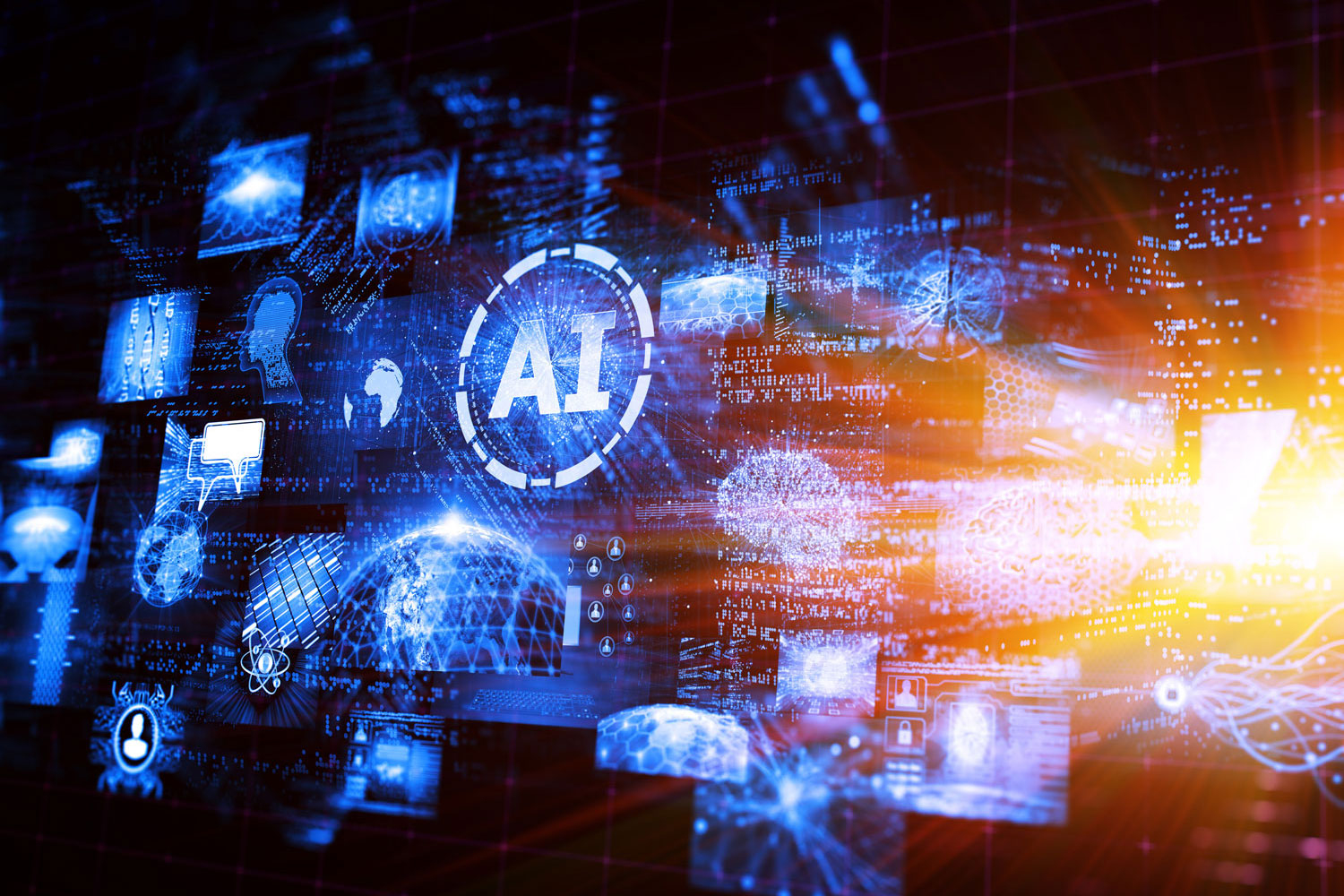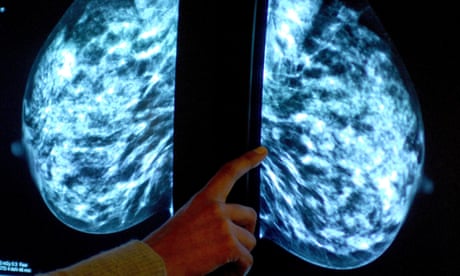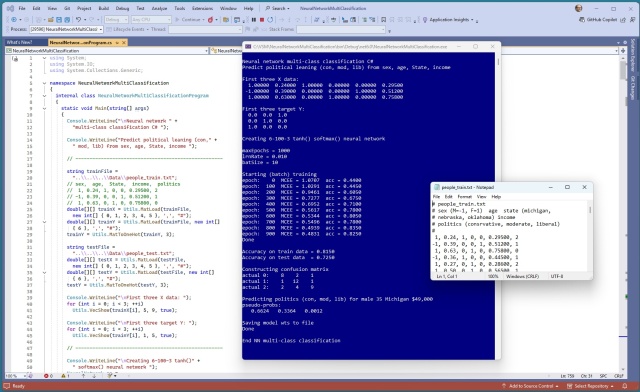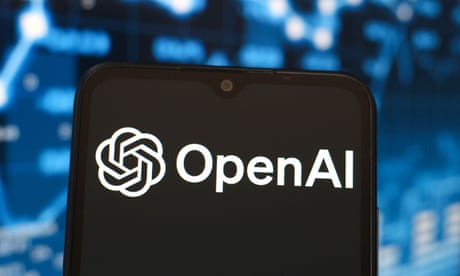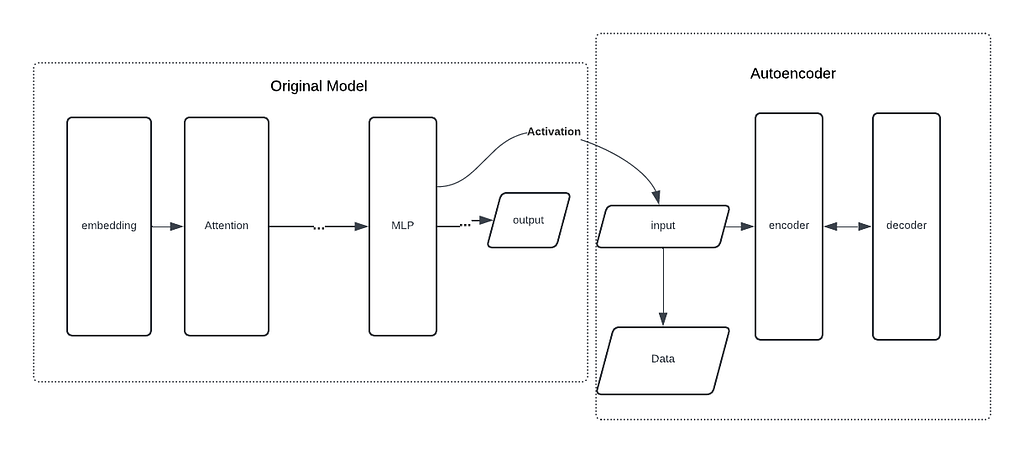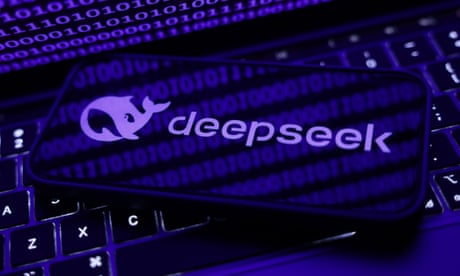MIT researchers developed an automated system to reduce energy consumption in AI models by utilizing data redundancies. The system improved computation speed by nearly 30 times and could optimize algorithms for various applications.
NHS launching massive AI trial for breast cancer detection to speed up testing and reduce radiologists' workload by half. AI to analyze 2/3 of 700,000+ mammograms in England for accuracy compared to radiologists.
Over 100 experts, including Sir Stephen Fry, warn against irresponsible development of AI systems with feelings. They propose five principles to guide responsible research into AI consciousness amid rapid advances.
Speaker to present "Introduction to Neural Networks Using C#" at 2025 Visual Studio Live conference in Las Vegas. Demo includes multi-class classification system predicting political leaning from synthetic dataset.
Plotly lacks a "data journalism" template but this series transforms its charts into sleek, professional-grade visuals. Learn how to effectively visualize complex data scenarios using Plotly in this insightful blog post.
Innovative ReVIEW Webapp accelerates video/audio review with human-AI collaboration, avoiding hallucinations. Built on Amazon Transcribe and Bedrock, ReVIEW provides accurate insights for professionals in various fields.
Learn about entropy in data science, quantifying surprise and uncertainty, with practical applications from decision-making to DNA diversity. Explore fun puzzles and tutorials, no prior knowledge required.
OpenAI unveils "deep research" AI tool to rival human research analysts, claiming to match their output in minutes. The tool is designed to compete with China's DeepSeek in the AI agent market.
Mark Thomson, the next director general of Cern, believes AI will transform particle physics, potentially revealing the fate of the universe. Machine learning advancements in physics could be as groundbreaking as Google DeepMind's Nobel prize-winning protein structure prediction.
Disentangle complex Neural Networks with Sparse Autoencoder to uncover interpretable features, overcoming superposition challenges in Large Language Models. Sparse Autoencoder introduces sparsity in hidden layers to decompose neural networks into more understandable representations for humans.
AI startup disrupts industry with cost-effective AI model, causing $600bn loss for Nvidia. Chinese tech startup releases DeepSeek R1, a cheaper, more efficient AI assistant compared to US tech giants.
Top graduates key in AI race per tech council; DeepSeek's arrival sparks cybersecurity concerns, energy-efficient AI push in Australia.
ChatGPT excels in poetry but struggles with images, while DeepSeek stands out in political conversations. Owners of ChatGPT face the reality of DeepSeek's competitive edge.
James Florence, 36, to plead guilty for cyberstalking with AI chatbots impersonating a university professor for sex. He used CrushOn.ai and JanitorAI to direct chatbots in explicit ways.
UK introduces groundbreaking laws to combat AI-generated child sexual abuse images, closing legal loophole. Law enforcement agencies warn of alarming increase in technology's misuse.

